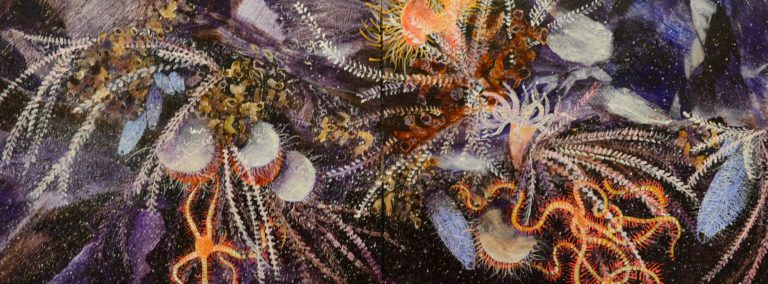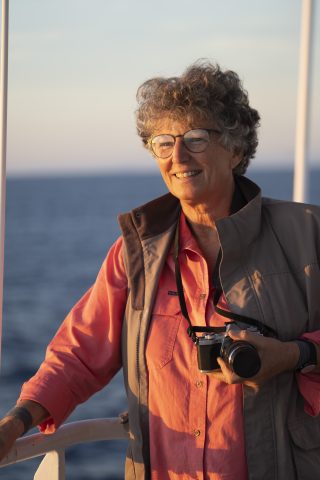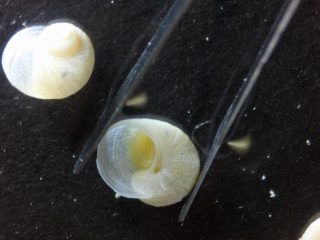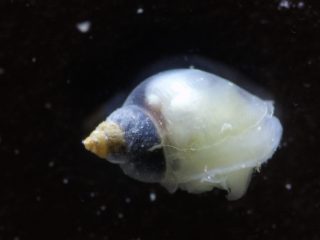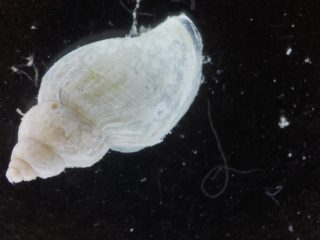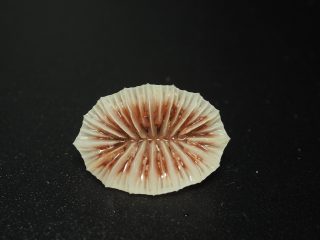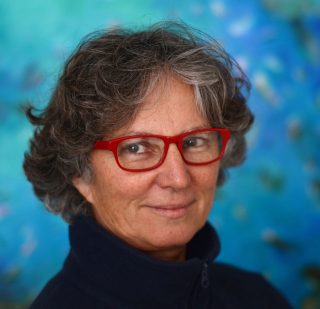Nearly five weeks ago I left the quiet and solitude of my studio to embark on this voyage of deep ocean discovery on the invitation of the Schmidt Ocean Institute with R/V Falkor. This gift of an adventure to some of the most remote, most unexplored parts of our biosphere was an unexpected and a wonderful surprise. My work is usually with the near-shore marine environment, so it is strange to be on the water, but not in it. I gaze at an array of screens revealing the depths kilometres below, where deep ocean animals are interrupted for a moment in time by our noise and light. It has been a time of learning, of working with others, of long hours, of comradery that grows from being side by side in exciting times.
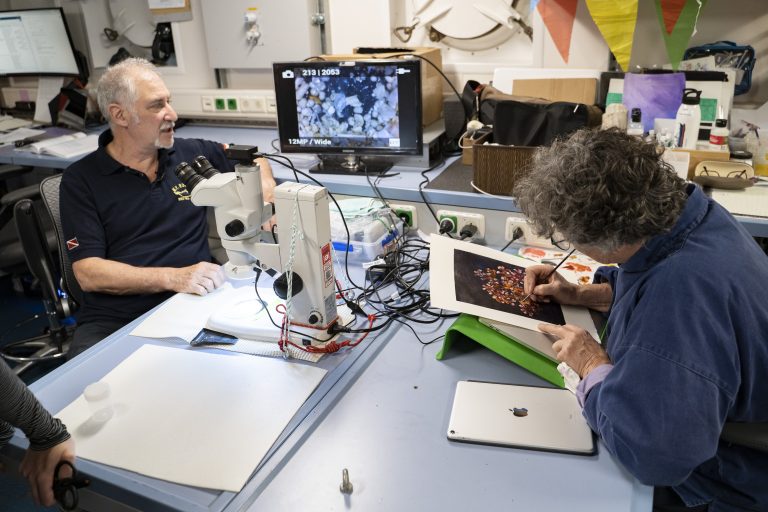
Challenges and Opportunities
My studio in the dry lab places me amongst the technical and engineering team. It has been fascinating to watch the engineers work cooperatively to solve glitches as they come up. Their attitude is that a problem or breakdown is a welcome challenge. They work until the matter is fixed, which can be all day, through night – and beyond if need be. The ROV operations are central to the scientific objectives of this mission, but so too is the collation, cataloguing, storing and sharing of data that is generated by the scientific teams. It has been inspirational listening to these technological geniuses solving complex issues with their patient and methodical collaborative labour. Through their work I have glimpsed the intricacies of coding, and the process of working within this world – and for the first time, I feel that it is less intractable and unfamiliar.
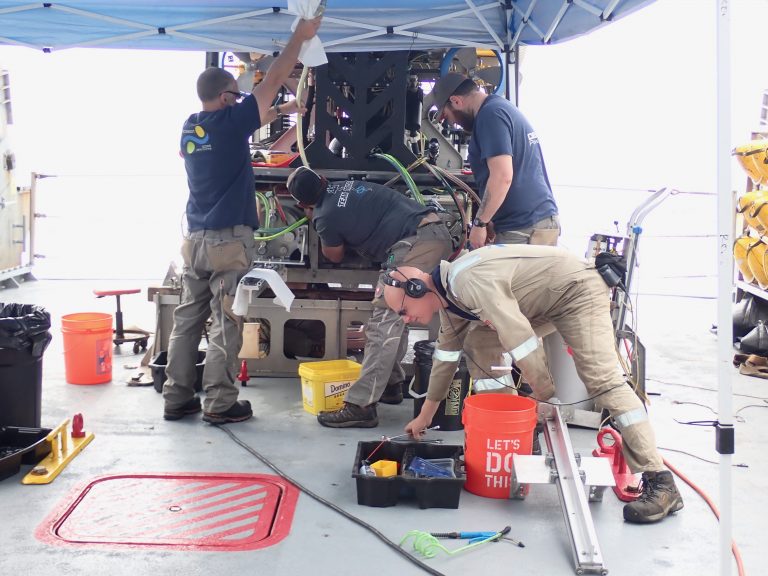
It seems that each of us on the ship comes from a different place of the globe, and at each meal the dining room is full of laughter, discussion and the music of many accents and languages. The cooks have created a cuisine of incredible multicultural variety considerate of all food preferences. The Captain’s sure-hand has carried us through wild weather, and his team manages the smooth day-to-day running of the ship with smiles and laughter. It has been an amazing experience, seeing people working together in real friendship.
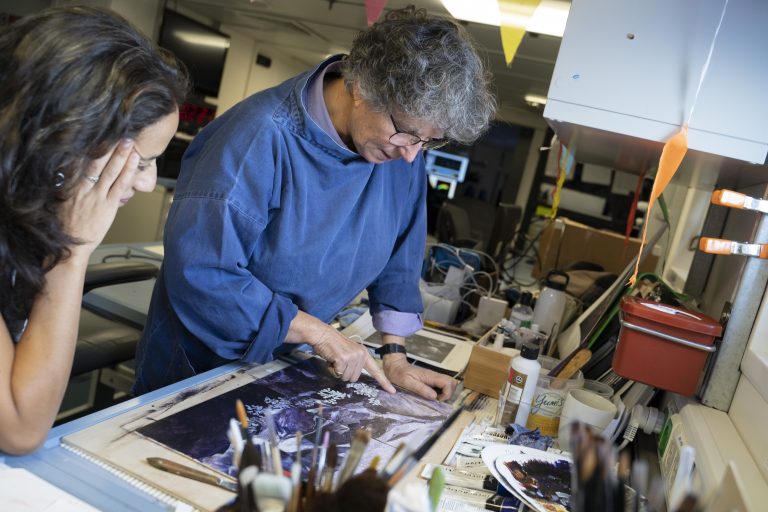
Documentation
Many of my scientific colleagues have been generous with sharing their excitement in discovery and it has been my pleasure to photograph their precious specimens brought up each day. This expedition has brought scientists together from our own West Australian Museum, the faculties of Science and Engineering at the University of Western Australia, as well as the Italian contingent from the Institutes of Marine and Polar Sciences in Bologna. The daily exploration live stream has been narrated by Marco Taviani: an inspired thinker, scientist and master storyteller. Whilst it is not possible to mention everybody by name, many have taken the time to explain to me the aims and objectives of their particular projects.
This research trip has woven together the mapping the ocean floor, as well as the stories of the foraminifera that settle on the rocky ledges and sandy floors; sampling for stable and radioisotopes in the water column; the crustaceans and worms that live in these deep silent dark places; and animal forests of soft corals with associated invertebrate communities; the large eyed fish; the rock corals whose very lineaments tell the story of water composition and temperature over great timescales; and the rocks, whose story can be read by those who understand their language.
A collection of tiny sea creatures photographed by Angela Rossen.
The specimens – carefully labelled and packaged – will lead to scientific understanding gained on this historic trip that will take years to unravel. I will return to my studio with my journal, sketches, paintings, and photographs where my work will also continue. It has been a time of great learning that I will share through displays and workshops with children in schools throughout Western Australia. I look forward to that. It has been an amazing trip.
